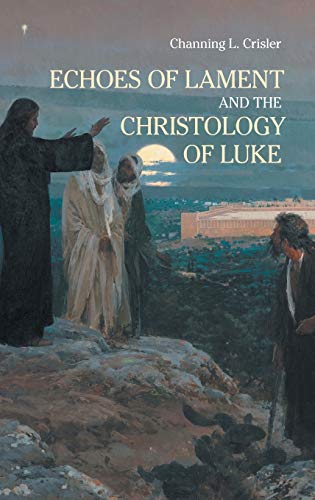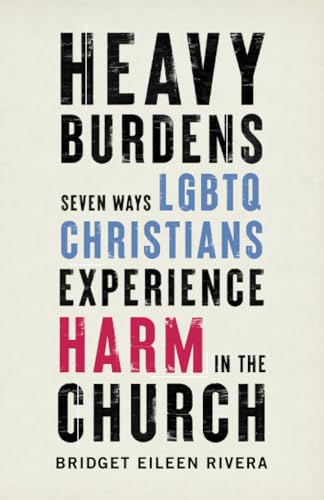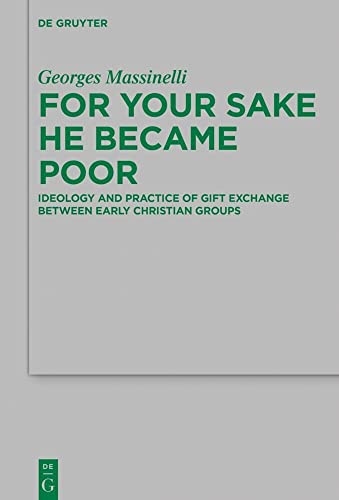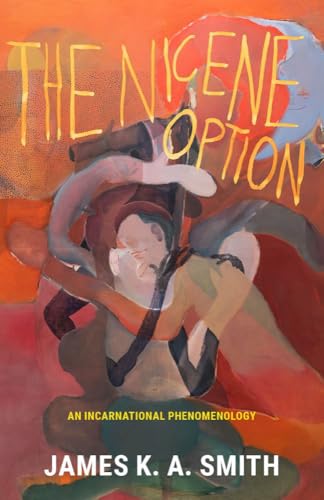Echoes of Lament and the Christology of Luke
Written by Channing L. Crisler Reviewed By Thomas Haviland-PabstChanning Crisler, associate professor of New Testament at Anderson University in South Carolina, offers the reader this intriguing exploration of lament in the Third Gospel. His thesis is that “the metaleptic interplay between Lukan laments and their echoes of OT laments generate two highly suggestive Christological points of resonance that reach their hermeneutical climax in the crucifixion scene” (p. 3). These two Christological points are that (1) Jesus, in Luke, answers laments as only “Yhwh can” thus pointing to his share “in the divine identity” and (2) “the Lukan Jesus is presented as the ‘ideal righteous lamenter’” (p. 3).
In the introduction, metalepsis is defined as a form of intertextuality which sees connections between a pre-text and a text on the word and/or conceptual level (cf. Richard B. Hays, Echoes of Scripture in the Letters of Paul [New Haven: Yale University Press, 1989]). The pre-text refers in this case to the Old Testament and the text to Luke’s gospel. After distinguishing his approach slightly from Hays—notably in his use of “echo” to designate all Lukan uses of the OT rather than distinguishing them into categories such as “citation, allusion, or echo proper” (p. 7)—he lists seven criteria that an OT “pre-text must meet most, though not all [of]” in order to qualify as an echo. These include “volume,” i.e., “at least three semantic or syntactical points of contact,” and “recurrence,” i.e., whether “the pre-text” is echoed “elsewhere in Luke-Acts” (p. 10). Beyond this, Crisler posits a category of “Lukan lament,” which, for him, is the text to the corresponding pre-text. He lists four criteria for discerning Lukan lament: (1) an “episode” in which a person is afflicted in some way; (2) the presence of a “cry for deliverance” from said affliction; (3) “answer” to “the cry of distress”; and (4) “some indication of a shift from lament to praise” (p. 12).
Drawing from the work of Richard Bauckham, he describes “‘Christological’ points of resonance” (p. 3), namely, laments to Jesus, laments by Jesus and laments both to and by Jesus at the scene of the crucifixion. In the first chapter, Crisler surveys Lukan lament in the history of interpretation, focusing on Christology, intertextuality and prayer in Lukan scholarship. He builds on prior scholarship with his recognition that Jesus “models, teaches, and participates in lament” (p. 49) and in his agreement with Hays’s and Henrichs-Tarasenkova’s use of the idea of divine identity Christology to explain Luke’s use of the OT, adding to the former’s work by provided further synthesis as he seeks to more fully incorporate lament and the crucifixion scene (p. 42).
Chapter 2 walks the reader through lament in the OT. Here, Crisler defines lamenters as “afflicted individuals and entire communities,” with this affliction stemming from “political enemies, disease, death, evil, guilt for sin, and even God himself” (p. 85). Chapter 3 discusses lament in the second temple era. While lament as such was overshadowed by petitionary prayer, he sees fragments of lament in these petitions. Yet, while Second Temple era prayers bolster his overall discussion, he states that Lukan laments are closer to pre-exilic laments than they are to post-exilic petitionary prayers, as the latter lack the lamenter’s protest to God and the “claim that God’s reputation is in jeopardy” if the prayer goes unanswered (p. 93).
In chapters 4–6, Crisler walks through Luke to demonstrate his thesis. Each passage he treats in these chapters is treated with methodological rigor, consisting of four consistent components: (1) literary context of the passage; (2) echoes of OT passage(s); (3) Lukan lament in the text; and (4) Christological resonances. Four areas are covered in the fourth chapter: (1) laments for forgiveness (e.g., Luke 5:4–11); (2) deliverance from disease (e.g., Luke 17:12–19); (3) from death (e.g., Luke 7:1–10); and (4) from evil (e.g., Luke 8:22–25). Three categories are explored in chapter five: (1) “Jesus’ laments over Jerusalem” (e.g., Luke 13:34–35); (2) “Jesus’ teaching on lament” (e.g., Luke 18:1–8); and (3) “Jesus’ laments over his impending death” (i.e., Luke 22:39–46) (p. 195). Chapter 6 explores lament both to and by Jesus at his crucifixion scene. Regarding the former, Crisler discusses Luke 23:39–43; regarding the latter, he discusses Luke 23:44–48. The chapter concludes with a demonstration that “the crucifixion scene evokes previous Lukan laments and how these laments, both previous laments and laments at the crucifixion, are mutually interpretative of one another” (p. 240). The final chapter gives attention to the implications of this study’s findings for Luke’s narrative structure, our understanding of Acts, Christology in Luke-Acts and early Christianity as well as “larger discussions within the Christian tradition” (p. 275).
There a number of strengths that characterize this work. It is methodologically rigorous. Crisler builds on and advances previous scholarship on Luke, lament, and Christology in the NT by combining all three and demonstrating that lament does in fact provide more avenues for understanding Luke’s Gospel. This is a study that will be consulted for years to come by students of intertextuality, Christology, lament, and the Gospel of Luke. The only possible weakness is that he provides a maximalist interpretation of lament echoes in a way that may not be persuasive to all. However, taking each text as part of a cumulative case, we would argue that his thesis is clearly and powerfully demonstrated.
Thomas Haviland-Pabst
Thomas Haviland-Pabst
One Family Ministries
Asheville, North Carolina, USA
Other Articles in this Issue
This article examines Christopher Nolan’s three most recent films, Interstellar (2014), Dunkirk (2017), and Tenet (2020), through the lens of Christianity’s preeminent theological virtues: love, hope, and faith, respectively...
Syncretism—the blending of two or more religious paradigms—threatens Christian witness around the world...
Revisiting “the Time of Abiathar the High Priest”: Interpretation, Methodology and Ways Forward for Understanding Mark 2:26
by William B. BowesMark 2:26 has presented itself as a difficult textual and historical problem for interpreters...
Give Honor and Vote? A Reflection on the Christian’s Voting Conscience and Romans 13:1–7
by Robert GoldingPaul’s instruction in Romans 13:1–7 can be applied to Christian voting behavior in the West...
Hell for a Single Sin: A Response to Robert Golding’s Asymptotic Theory of Those in Hell
by Paul DirksThis article is a response to Robert Golding’s recent essay, “Making Sense of Hell,” in which he contends for the logic of eternal punishment on the basis of a progressive and asymptotic conception of sin and sinners in hell...






